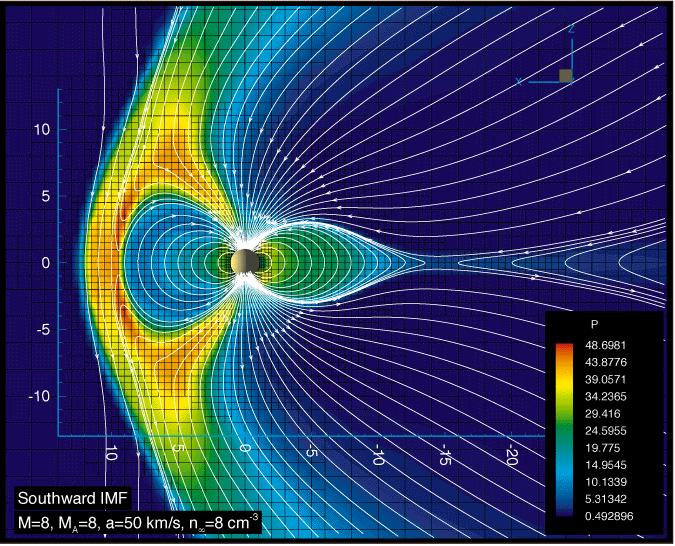|
APPLIED MECHANICS IIIB
Part I-Machines
Kinematics: ReJative velocity and acceleration diagrams. Epicyclic
gear trains. Gyroscopes.
Balancing: Rotary and reciprocating balancing, direct and reverse cranks.
Mechanical Vibrations: Free, viscous damped and forced vibrations,
whirling of shafts.
Automatic Control: Governors, gravity and spring types. Modes of control,
system response.
Part 11-Fluid Mechanics
Momentum of Fluids-fixed and moving jets, general momentum theorem.
Flow in Closed Conduits-Reynold's experiments. Friction factor and
other losses.
Dimensional Analysis and Similarity. Boundary Layer Theory. Separation,
form and profile drag. Wing theory. Compressible Flow. Rotodynarnic
Machinery: Pumps, fans, turbines, fluid couplings and torque converters.
Lubrication and bearings.
APPLIED STATISTICS AND OPERATIONAL RESEARCH
Statistics: Frequency distribution. Distribution of means, confidence levels
and tests for significance. Probability theory.
Operational Research: Origins and history of. General principles and
techniques as applied to mancgement; mathematical programming;
queuing theory; Monte Carlo and simulation; network analysis, etc.

|
